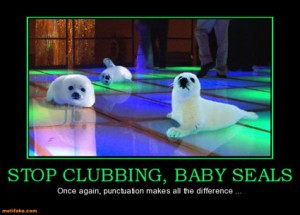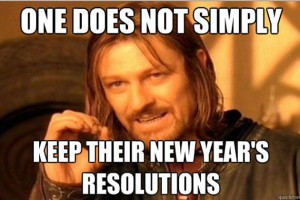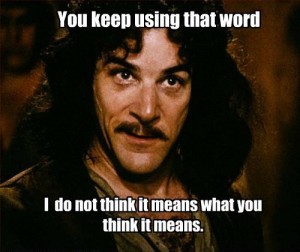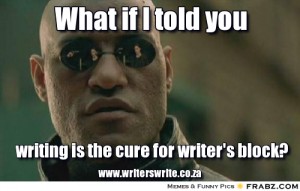Have you ever had a list of adjectives in a sentence and wondered if you’re supposed to combine some of them with a hyphen? Or are you just supposed to put commas between them? I mean, are there rules for this? Or is it supposed to be like finding the right wedding dress and you just know? HOW CAN YOU JUST KNOW?!

I understand the frustration, but I’m here to help. When two or more adjectives are conjoined with a hyphen to modify a noun, they become compound adjectives. The easiest way to figure out if you should hyphenate your adjectives is with what I call the “Multiple Adjective Test.” If you have two (or more) adjectives modifying your noun, test them out one at a time to see if only using one changes your meaning by following these steps:
- Find the noun.
- Find the adjectives modifying the noun.
- Test the adjectives with your noun one at a time to see if it changes the meaning.
- Hyphenate the compound adjectives.
Here, let’s give it a go:
My roommate adopted a seven year old chinchilla.
Now, follow the steps:
1. Find the noun: chinchilla
2. Find the adjectives modifying the noun: seven, year, and old
3. Test the adjectives with your noun one at a time to see if it changes the meaning:
- seven chinchilla. (Ha! No.)
- year chinchilla. (Definitely not)
- old chinchilla. (This one makes sense, but how old?)
4. Hyphenate the compound adjectives: My roommate adopted a seven-year-old chinchilla.
Got it (maybe)? All right, you try one:
I have no idea what to write for this one page memo.
The adjectives are a little harder to pick out in this sentence, but just follow the steps and you’ll be fine!
1. Find the noun: memo
2. Find the adjectives modifying the noun: one and page
3. Test the adjectives with your noun one at a time to see if it changes the meaning:
- one memo. (Maybe…)
- page memo. (Nope, sounds weird. How many pages?)
4. Hyphenate the compound adjectives: I have no idea what to write for this one-page memo.
See? You got this!
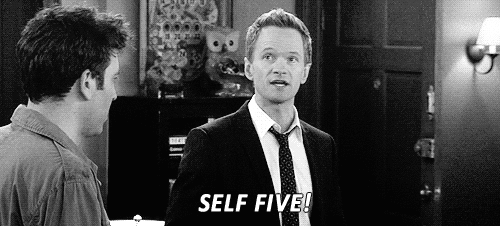
Okay, let’s step it up a notch:
Employers need to see evidence of solid problem solving capabilities for prospective members of their workforce.
This one’s a doozy (thanks to Chris, our Senior Tutor), but take a deep breath and keep to the steps!
1. Find the noun: capabilities
2. Find the adjectives modifying the noun: solid, problem and solving
3. Read the sentence with only one adjective at a time to see if it changes the meaning:
- solid capabilities. (Yes, that makes sense!)
- problem capabilities. (This makes sense grammatically, but would employers look for problem capabilities? Not unless they like lawsuits.)
- solving capabilities. (This one kind of makes sense, but what type of solving capabilities? Problem-solving capabilities, perhaps?)
4. Hyphenate the compound adjectives: Employers need to see evidence of solid problem-solving capabilities for prospective members of their workforce.
You’re getting good at this! I can tell.
Still aren’t confident? We’re here to help. The Writing Resources Center has plenty of tutors who are willing to assist you with those pesky adjectives and practice the Multiple Adjective Test. Stop by or make an appointment today!
There are also some great sources you can access online from other writing centers.
- Yuba College has a handout that serves as a quick guide to combining adjectives:
- Concordia University, St. Paul has a handout with explanations and a practice page:
- The University of Maryland’s handout is more extensive, but also includes information about other hyphens and dashes:
Wait—shouldn’t “Multiple Adjective” be hyphenated?
–Kelsey
http://gifsec.com/wp-content/uploads/GIF/2014/03/-stress-GIF.gif?gs=a
http://i.imgur.com/4cDdYgd.gif
https://media.riffsy.com/images/7c6e310d1ba590d6f79fc28b413ee0c1/raw
https://yc.yccd.edu/pdf/academics/writing-center/CompoundAdjectivesRTF.pdf

